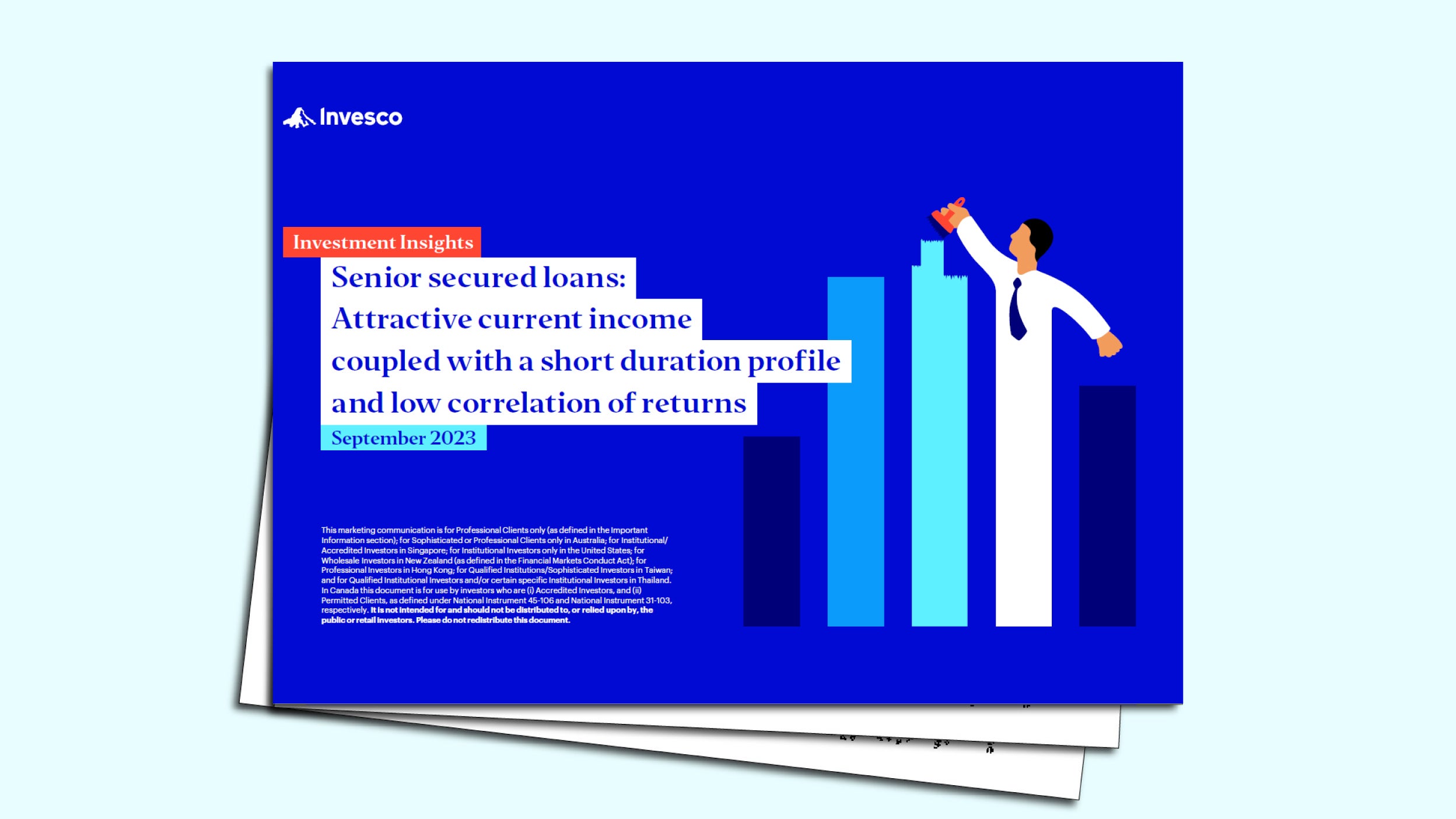Senior secured loans: why now?
Many of the most commonly used fixed income investments, such as high-quality government bonds, generate negative or low real returns in today’s high inflation environment. Consequently, these investments pose a significant duration risk to portfolios.
Despite inflation expectations being anchored, inflation remains high, and the US Federal Reserve has signalled a hawkish stance to keep rates higher for longer.
We believe the current uncertain market environment calls for fundamental changes in asset allocation in order to meet long-term real return targets.
We favour a fixed income allocation that:
- Allows for a flexible response to future interest rate movements.
- Offers attractive yields in a low yield environment.
Key features of senior secured loans
We believe that senior secured loans have several features that can help meet the needs of investors:
- Attractive current income – independent from market environment.
- Minimal duration risk – providing a hedge against rising interest rates and inflation.
- Historic record of low volatility of investment returns compared to traditional asset classes.
- Strong historic and current risk-adjusted return profile.
- Implied comprehensive credit risk mitigation mechanisms.
- Low historical correlation of returns – providing potential portfolio diversification benefits.
This paper looks to provide a detailed introduction to the asset class and takes a deep dive into some of the features listed above. We also have a Q&A with Kevin Petrovcik, a senior client portfolio manager at our global bank loans business.










